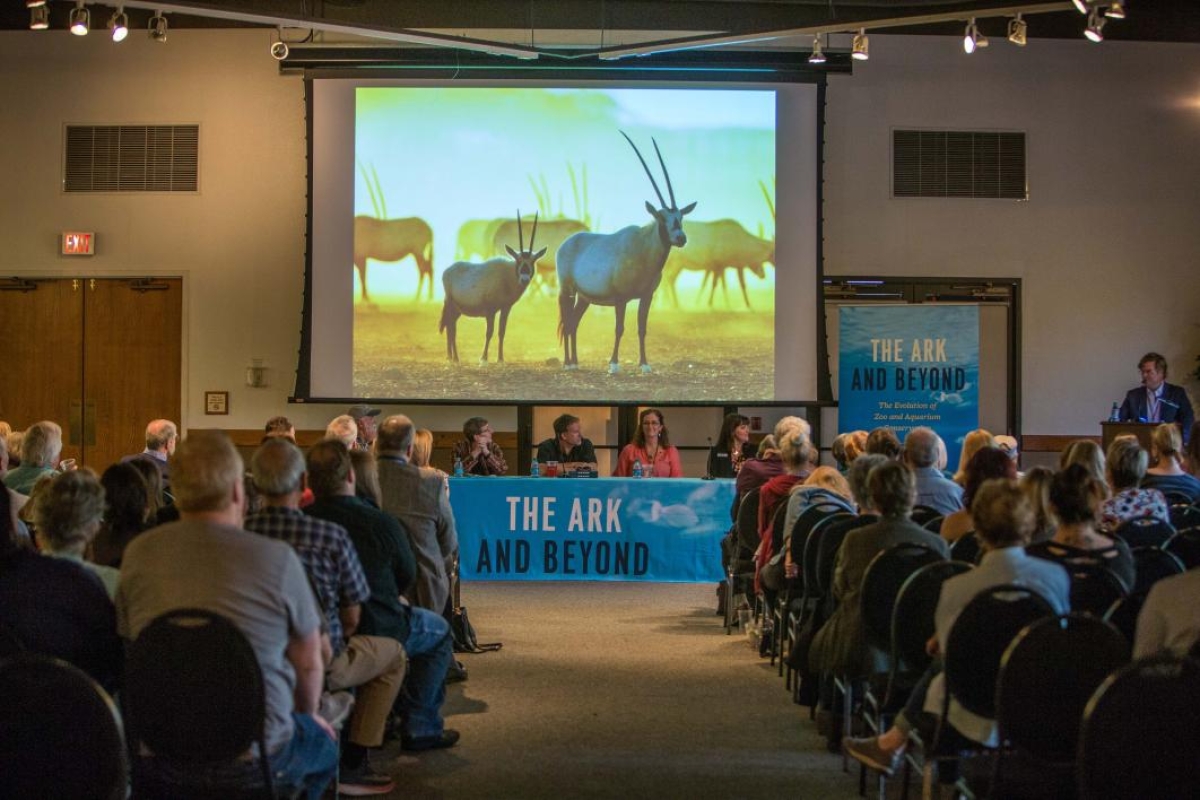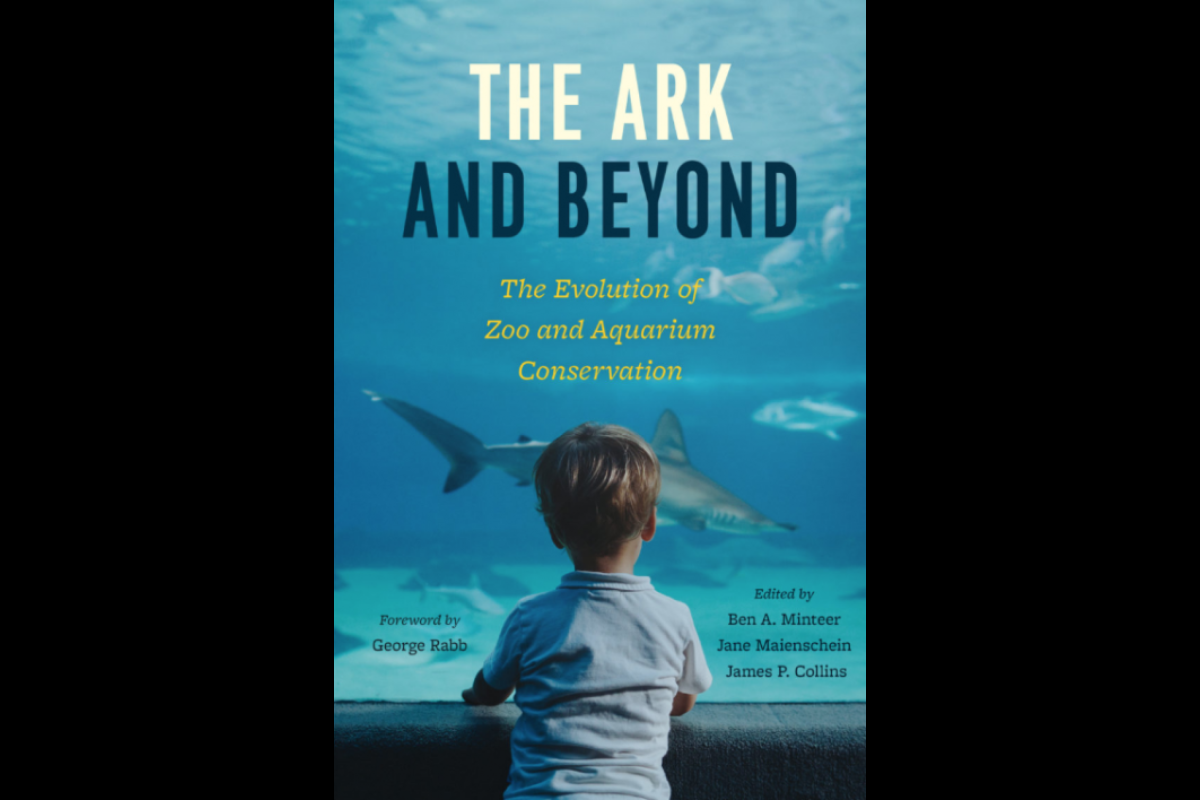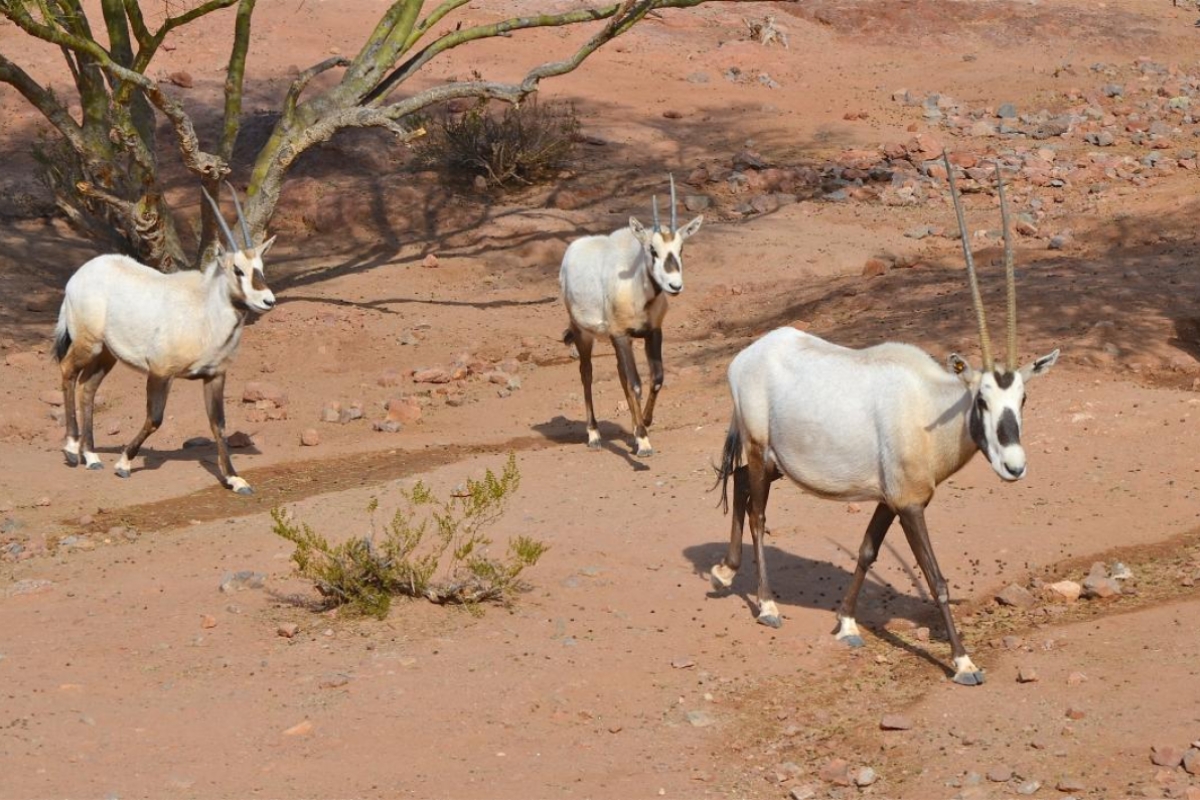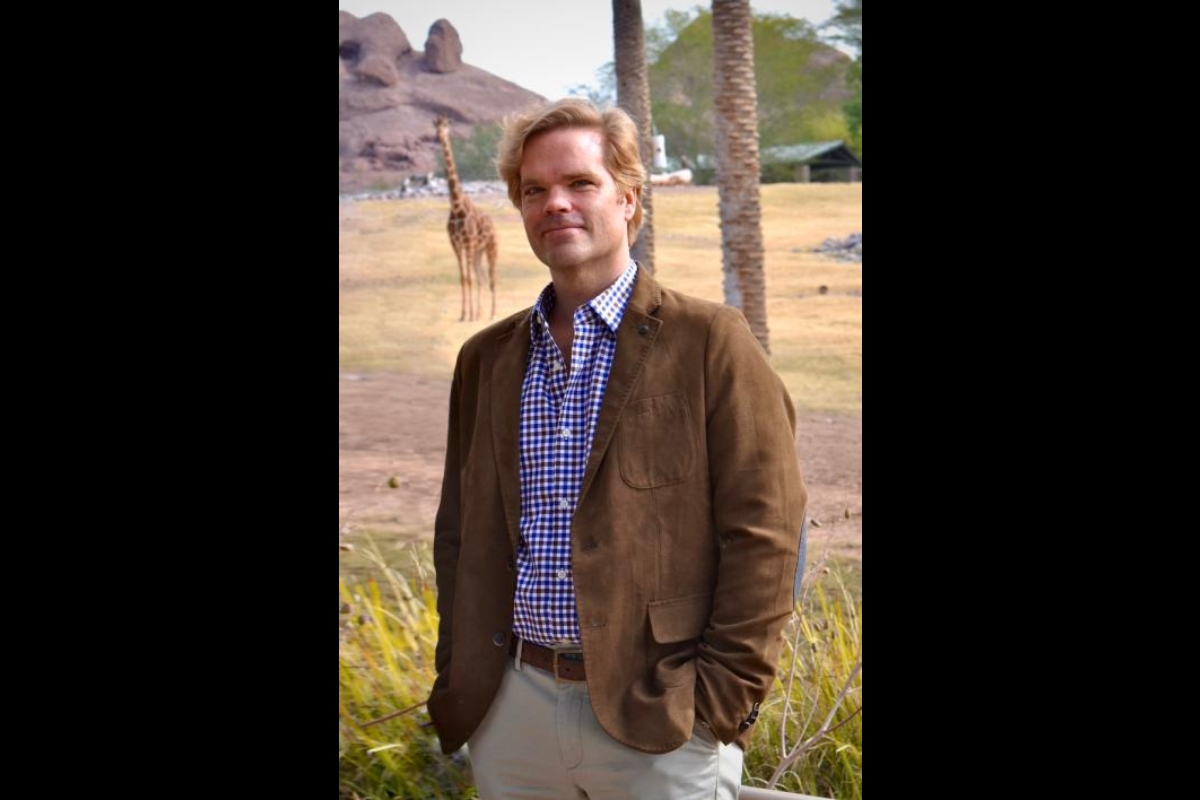In an age of extinction, what role do zoos and aquariums have in conservation?

The last known male northern white rhinoceros is dead.
Sudan was a captive rhino that lived at a zoo in Czechia for 34 years before being moved to the Ol Pejeta Conservancy in Kenya, where he died in March of this year, apparently from complications related to old age. When Sudan was just 2 years old, he was captured along with five other white rhinos and spent the rest of his life in confinement.
After their subspecies was declared extinct in the wild, Sudan and three other northern white rhinos were relocated to the conservancy with hopes that a breeding program would be more successful in a more "natural" environment. It was not.
Humans are causing potentially irreversible harm to wild animal species and their habitats. Due to habitat damage and fragmentation, poaching and pollution, scores of wild species and ecosystems around the world are threatened; many are on the brink of extinction.
At the same time, zoos find themselves on the front lines of conservation — trying to figure out what their role is in tackling this global biodiversity crisis.
In his new book titled “The Ark and Beyond: The Evolution of Zoo and Aquarium Conservation,” Arizona State University School of Life Sciences Professor Ben Minteer brings together an impressive roster of authors that collectively traces the history of zoos and aquariums and investigates their potential role as conservation organizations.
“Zoos have always been somewhat invested in conservation. As someone who works in the ethics and history of conservation, it’s interesting to find out where that came from, what explains this recent push in the zoo community toward conservation, and what they mean by it,” said Minteer. “As it turns out, they don’t all mean the same thing. I was particularly interested in the challenges of zoos making this push, and potentially the opportunities.”
Minteer has served as the Arizona Zoological Society Endowed Chair at Arizona State University for the past five years. He has recently been renewed in the position through 2023. Moving forward, he plans to develop several projects that build from the insights of “The Ark and Beyond,” including one exploring zoos and their relationships to the wild, and collaborative work with the Phoenix Zoo focused on conservation psychology and zoo visitor experience.
“There is definitely a shift in the community going on right now — not across the board,” said Minteer, “but among many leading zoos and aquariums. Although zoos have been making moves toward conservation for decades now, this commitment seems to be getting deeper and far more serious. The institution is changing, and the end result might be something quite different from the zoos of old.”
Minteer edited the book, along with ASU professors Jane Maienschein and James P. Collins. The book, published by the University of Chicago Press, features 30 chapters from four dozen authors including zoo and aquarium leaders, academic biologists, historians, ethicists and social scientists. Here, Minteer answers a few questions about the work.
Question: What are the big takeaways from the book?
Answer: Zoos have really been in the conservation business for a long time, at least 100 years or more. They have a claim to being wildlife-protection organizations. The old zoo idea was to preserve and display animals so people can come to see them, be entertained by them, and to indirectly benefit wildlife protection by making the public interested in exotic animals. By the early 20th century with the Bronx Zoo, we see the start of more direct conservation efforts with the breeding and reintroduction of the American bison, which was then near extinction. This became a model, and zoos do this quite well.
The other piece of the story is that by the late 20th century, zoos began offering more professionally run education programs, partnering with communities and supporting field conservation programs. While some conservation leaders think zoos are spreading themselves too thin, others think zoos should and will become more like field-based conservation programs.
Q: Is there an outside pressure on zoos to be involved in conservation?
A: Zoos are trying to navigate all of this. They face a global extinction crisis — what many believe is the sixth mass extinction event on Earth. They are staring that down, trying to do more to arrest it and are becoming more robust in terms of their educational programs. And zoos are working to bring more people through their gates to transform them by giving them experiences that will encourage pro-conservation behaviors. Some recent empirical studies suggest that zoos are having some positive impact in these areas.
Q: Are zoos connecting with researchers in the field?
A: Yes. The Phoenix Zoo is a good example. The local, native-species conservation focus, the work they do with Arizona Game and Fish, their connections with communities around the world for providing grants — to me, this is really interesting. This is different than just having animal exhibits so people can come to see what is there. It’s creating an important kind of engagement and leveraging place in productive ways.
Q: When working on the book, did you find any poignant stories?
A: Many. To give just a couple of examples, there is a chapter authored by one of my former graduate students who traces the journey from despair to hope in a large zoo in South Korea that has worked hard to turn itself around. This particular zoo went from being what locals considered a “sad” zoo to a “happy” one, with improved animal-welfare standards and a growing commitment to conservation. It’s still a work in progress, but the overall trajectory is encouraging.
At the Phoenix Zoo, the Arabian oryx and black-footed ferret are two stories that moved from despair to hope — when those species were on the brink of extinction and now are closer to a recovery.
It’s a convenient metaphor in this case, but the elephant in the room is obviously the extinction crisis. There are nagging concerns about a lack of resources to meet this challenge and about priorities within zoo management. Zoo conservation leaders, including several who contributed to “The Ark and Beyond,” argue that an investment of only 1 to 2 percent of their budgets will not get the job done. But there is a sense of great potential for zoos to take this opportunity and do more than what they are doing for conservation, while fully realizing they can’t do it alone.
Q: What is happening with stories about poaching and the illegal animal trade — is there a specific role that zoos can fill to help fight these activities?
A: Absolutely. We have a chapter in the book examining the role of zoos in gorilla conservation, which hinges on collaborative efforts to combat poaching and a global campaign to raise the public profile of the issue. Another chapter promotes a more expansive and ambitious form of zoo conservation planning that sees zoos as part of a larger continuum — they are not isolated organizations but part of a wider biodiversity network linking communities, field conservation organizations and governments in the cause of biodiversity protection. There is a real effort to pull zoos into this mix in a more deliberate and systematic way.
You can find the book on Sun Devil Shelf Life or Amazon or the Ark and Beyond website.
Top photo: Sudan, the last-known male northern white rhinoceros, is dead. He lived out his life at the Ol Pejeta Conservancy in Kenya. Photo courtesy Ol Pejeta Conservancy
More Science and technology

ASU professor breeds new tomato variety, the 'Desert Dew'
In an era defined by climate volatility and resource scarcity, researchers are developing crops that can survive — and thrive — under pressure.One such innovation is the newly released tomato variety…

Science meets play: ASU researcher makes developmental science hands-on for families
On a Friday morning at the Edna Vihel Arts Center in Tempe, toddlers dip paint brushes into bright colors, decorating paper fish. Nearby, children chase bubbles and move to music, while…

ASU water polo player defends the goal — and our data
Marie Rudasics is the last line of defense.Six players advance across the pool with a single objective in mind: making sure that yellow hydrogrip ball finds its way into the net. Rudasics, goalkeeper…





